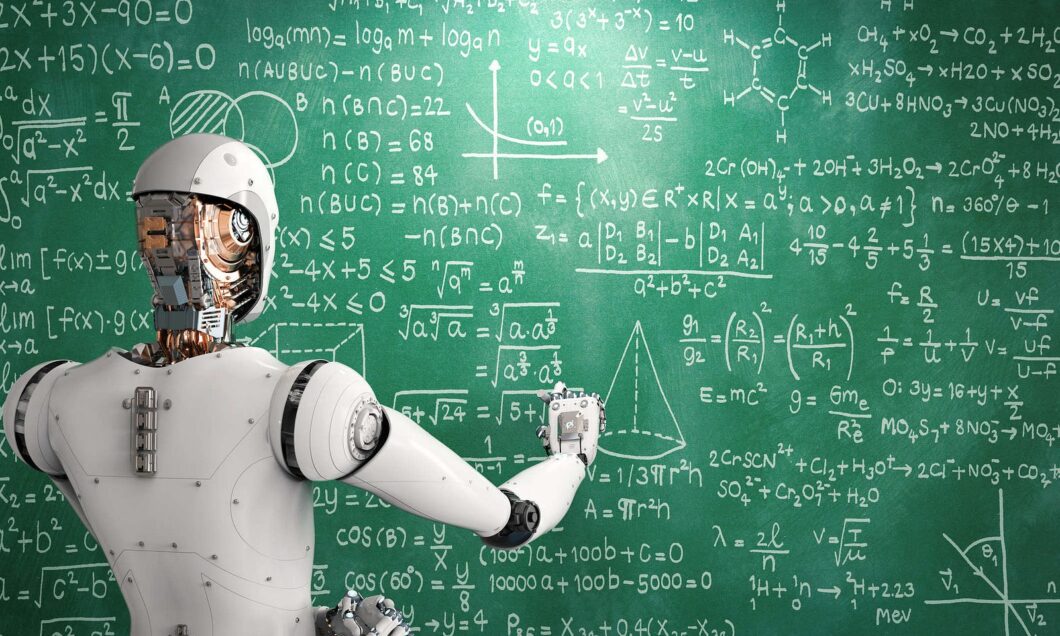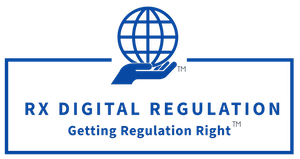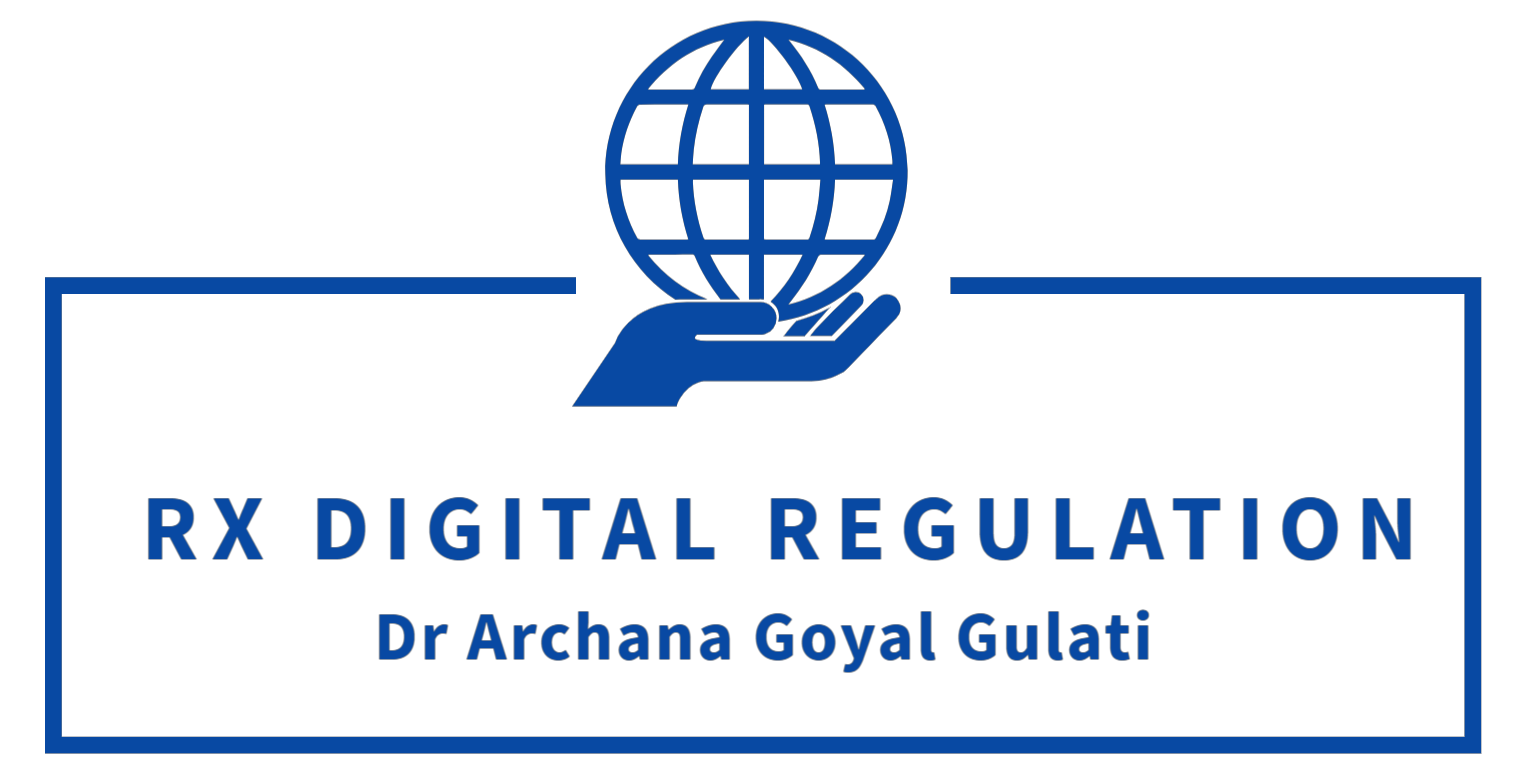
Responsible AI and Applications in Higher Education

I recently moderated a panel AI in Higher Education on June 15, 2024. It was interesting and informative and the panel was brilliant. It isnpired me to share my thoughts on this subject.
What is Responsible AI?
Artificial intelligence is often likened to a revolutionary general-purpose technology such as electricity that will be used across economic sectors. At the same time, despite the excitement about the potential of generative AI, there is an increasing awareness that AI should be used responsibly. What do we mean by responsible AI? A recent report on the global indexing of responsible AI states that responsible AI is that it refers to the
‘design, development, deployment and governance of AI in a way that respects and protects all human rights and upholds principles of AI ethics at every stage of the AI life cycle and value chain.’
The report explains that to achieve this all actors involved in the AI ecosystem must take responsibility for their decisions on human, social, and environmental impacts. Naturally. the precautions should be proportionate to the risks of using AI for a particular purpose. Where children and youth are involved, we have to be extra careful. This is the overall context of artificial intelligence as a technology that, regardless of its promise, is still in its nascent stages, is unpredictable, expected to progress exponentially, and has the potential to create losses of human agency of control. (The if and when of singularity remain open questions). In this context, how do we view the use of Artificial Intelligence in higher education?
AI and Higher Education–An extra duty of care?
As an erstwhile policymaker and regulator, I was curious about how different regions and nations approach this issue. I went through some of the policy and regulatory documents in this regard. I found that it is generally agreed that AI can reduce workloads across the education sector and help educators focus on education rather than the associated administrative tasks. AI can help students navigate course selection, classes, and job applications, creating a personalized and exciting learning experience.
However, the use of AI has to be accompanied by certain precautions including,
- Protecting personal data and intellectual property of students, educators, and educational institutions.
- Ensure that students are aware of cybersecurity issues and other risks and, of course, train them to use artificial intelligence to their benefit.
- Adapt teaching methods to the fact that students will invariably use artificial intelligence while studying and submitting their assignments to preserve original thinking and creativity.
The use of artificial intelligence brings up important issues of ethics and equity. Today, we are very well aware that the data on which the current set of AI applications are trained does not equally represent the global population in terms of gender, language, or region. In the future, we must be highly sensitive to the fact that this is a technology that is self-learning and, therefore, inbuilt bias can self-perpetuate and permanently embed inaccurate and discriminatory notions into a general-purpose technology. This would have far-reaching consequences.
When it comes to AI in Higher Education, some of the issues to ponder over are:
- How can we use artificial intelligence to transform higher education positively?
- How do we ensure that when we use AI in higher education, we ensure data protection and privacy, transparency, fairness, and human centricity?
- What are the ethical and equity issues involved in using AI in Higher Education?
- We know AI’s impact on the environment, so how do we ensure that we use AI judiciously and sustainably?
- What sort of governance do we need for India, in particular, to ensure the responsible use of AI in the education sector? This includes preparing our youth for the future job market and retraining educators to use AI safely.
- How can we encourage the greater representation and participation of diverse population groups and languages in the global AI in higher education journey?
- What is the importance of international cooperation in using AI in higher education?
Luddite Like or Sagacious?
When one draws attention to the issue of caution and the responsible use of AI, one is often treated as a bit like a Luddite, reminding me of these lines from the book ‘The Age of AI and Our Human Future.’
“While the number of individuals capable of creating AI is growing, the ranks of those contemplating this technology’s implications for humanity – social, legal, philosophical, spiritual, moral remain dangerously thin.”
Imperfectly Intelligent but Human
While AI would be invaluable in research and education, we are dealing with the future of humanity, and I end with a helpful reminder to all stakeholders (which is an extract from the same book),
‘Although AI can draw conclusions, make predictions, and make decisions, it does not possess self-awareness – in other words, the ability to reflect on its role in the world. It does not have intention, motivation, morality, or emotion; even without these attributes, it is likely to develop different and unintended means of achieving assigned objectives. But inevitably, it will change humans and the environment in which they live. When individuals grow up or train with it, they will be tempted, even subconsciously, to anthropomorphize it and treat it as a fellow human being.”
We should perhaps proceed with enthusisam as well as caution.

